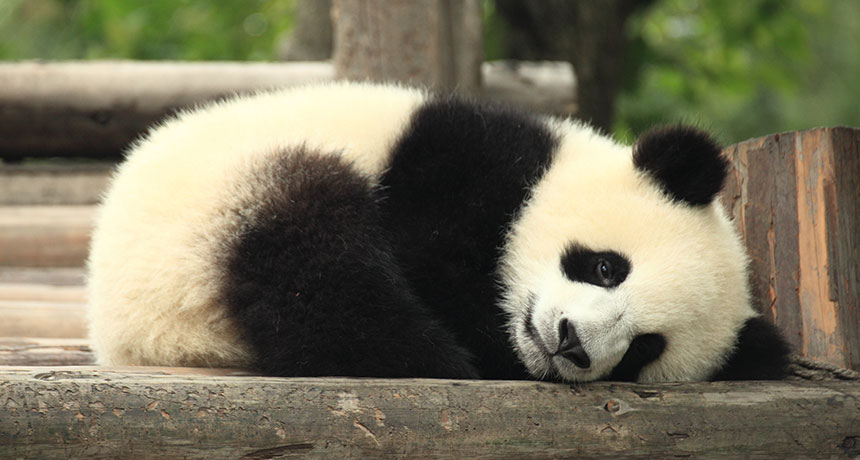-
Tips for becoming a good boxer - November 6, 2020
-
7 expert tips for making your hens night a memorable one - November 6, 2020
-
5 reasons to host your Christmas party on a cruise boat - November 6, 2020
-
What to do when you’re charged with a crime - November 6, 2020
-
Should you get one or multiple dogs? Here’s all you need to know - November 3, 2020
-
A Guide: How to Build Your Very Own Magic Mirror - February 14, 2019
-
Our Top Inspirational Baseball Stars - November 24, 2018
-
Five Tech Tools That Will Help You Turn Your Blog into a Business - November 24, 2018
-
How to Indulge on Vacation without Expanding Your Waist - November 9, 2018
-
5 Strategies for Businesses to Appeal to Today’s Increasingly Mobile-Crazed Customers - November 9, 2018
Giant pandas as sluggish as sloths, lazier than koalas: scientists
Taishan munched down on a birthday cake made of apples and carrots while fans from around the world, who gathered at the Dujiangyan base of the China Conservation and Research Center for Giant Panda (CCRCGP), sang him “Happy Birthday”.
Advertisement
Scientists yesterday provided an answer.
According to a recent study, the bears are just as sluggish as the slow-moving sloth due to low levels of physical activity and thyroid hormones.
The critically endangered panda is the only one of the world’s eight bear species with a vegetarian diet.
However, pandas must consume a lot of the stuff to survive – with one needing up to 23kg (50lbs) a day.
The researchers studied three wild pandas at Foping Nature Reserve in Shaanxi province and five captive pandas at the Beijing Zoo.
The bamboo-loving bears use only about 38 percent as much energy as other land mammals of similar size, researchers report in the July 10 Science.
Thyroid hormones are important for regulating body weight and energy and low levels can lead to sluggishness. The thyroid gland controls metabolic processes including energy use.
“The daily energy expenditure values for giant pandas are substantially lower than those for koalas, for example, and more akin to those of three-toed sloths”, said the study.
“Giant pandas achieved this low metabolism through a suite of morphological, behavioural, physiological and genetic adaptations during their long evolutionary history”, Professor Wei said.
“However, it is not only their low activity that contributes to their low metabolism; the metabolic rate of an active panda is still lower than a completely stationary human”.
Advertisement
China has about 1,600 pandas living in the wild and another 300 held in captivity.




























